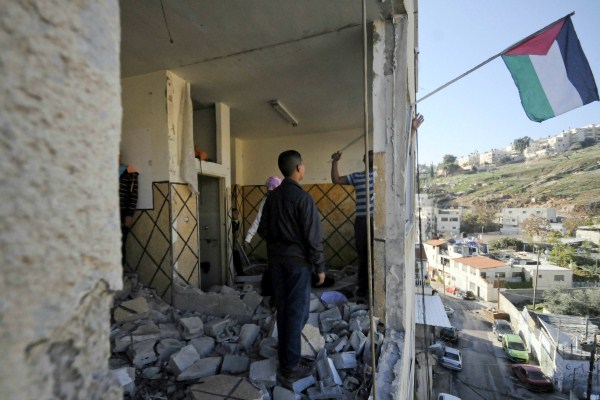The spikes in violence in Jerusalem last month, including the brutal killings in a synagogue after a series of stabbings and hit-and-run attacks on pedestrians, are extreme instances of ethnically based violence that has been mounting since last summer, when the flames of local unrest were fanned by the war in Gaza. But at stake are more than familiar grievances in the Israeli-Palestinian conflict. While access to the holy sites of the Temple Mount or Haram al-Sharif remains contentious, the violence in Jerusalem’s shared public spaces and on public transportation in particular reflect that this is not merely an issue of religion: Israel’s urban planning decisions in the city are also fueling Palestinian anger. As long as Israel’s physical annexation of East Jerusalem and the exclusion of Palestinian residents from the city continue, harsher policing and collective punishment are unlikely to stop the violence.
The recent unrest is rooted in decades-old urban planning policy. Palestinian residents of Jerusalem have the status of permanent residents of the State of Israel, but it is precarious, as Israel can revoke their right to live in the city. Since Israel’s takeover of East Jerusalem in the 1967 war, over 14,000 residency permits of Palestinian Jerusalemites have been revoked. Moreover, poverty rates in East Jerusalem—as high as 75 percent—have forced many residents to leave the city due to the high cost of living.
Housing is scarce and costly due to skewed zoning policies, which allocate only small portions of land for Palestinian construction, and restrictive rules on obtaining building permits, which make it close to impossible for Palestinians to build legally; they are at constant risk of receiving demolition orders. Although the 300,000 Palestinians in Jerusalem make up more than a third of the city’s population, they only receive approximately 10 percent of the municipal budget. This discrepancy is reflected in the lack of adequate municipal services, from postal service and garbage collection to sewage networks and sidewalks—not to mention amenities such as parks and playgrounds.

